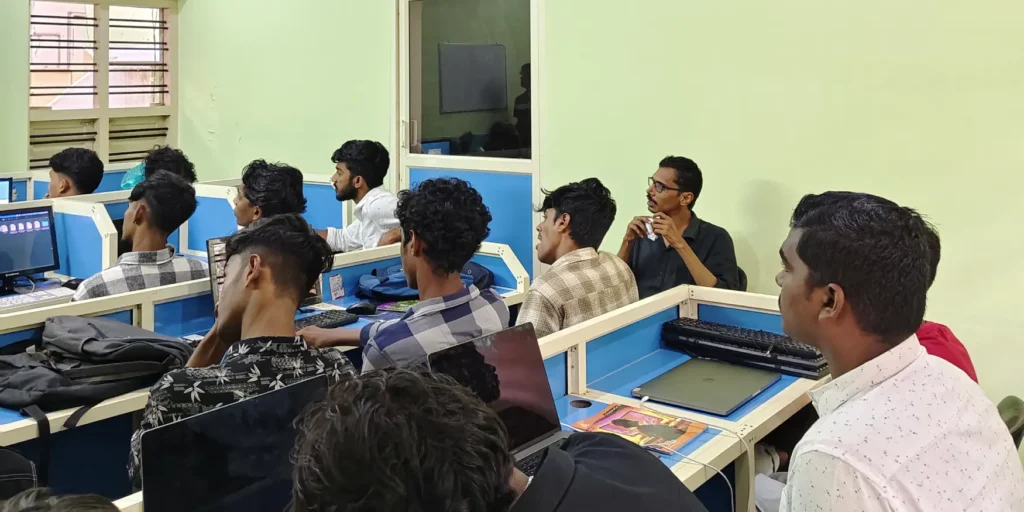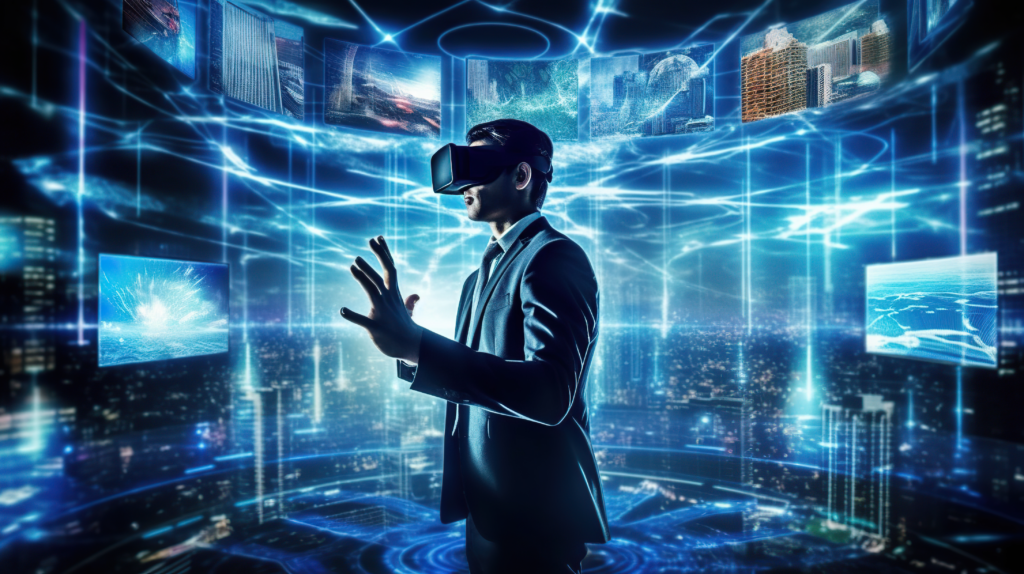How AR VR Technology Is Redefining Industries and Shaping New Realities
Explore how AR VR Technology is redefining the boundaries of industry capabilities, from healthcare to retail and beyond. Table of Contents Exploring the Basics of AR VR Technology AR VR Technology is groundbreaking technologies that have the potential to revolutionize various industries. AR refers to the overlay of digital information onto the real world, while VR immerses users in a completely virtual environment. By combining digital elements with the physical world, AR and VR offer unique and interactive experiences that have never been seen before. In AR, computer-generated images, videos, or sounds are superimposed onto the real world, creating an augmented view of the environment. This can be achieved through the use of smartphones, tablets, or specialized headsets. On the other hand, VR completely replaces the user’s real-world surroundings and transports them to a simulated environment, often requiring the use of a headset and controllers to interact with the virtual world. Both AR VR Technology have the potential to transform industries by enhancing engagement, improving productivity, and creating new opportunities. In the following sections, we will explore how these technologies are making a significant impact in various sectors, including healthcare, retail, manufacturing, engineering, and more. Technological Advancements Enhanced Haptic Feedback The next phase of VR is significantly about enhancing sensory immersion. Developers are innovating advanced haptic feedback technologies that extend beyond basic vibrations to deliver detailed sensations such as texture, temperature, and resistance. These advancements promise to revolutionize VR experiences, making virtual simulations indistinguishable from real-world interactions, which is particularly revolutionary for fields like medical training and high-risk military operations. Augmented Reality Cloud The AR Cloud can be described as a persistent digital twin of our physical world, accessible by AR devices to overlay real-time, context-specific information onto the physical environment. This technology will support shared and persistent AR experiences that remain consistent across different users and geographical spaces, enabling truly collaborative and interactive experiences that blur the lines between digital and physical realities. Integration of Artificial Intelligence Artificial Intelligence is becoming a backbone technology for both AR and VR, enhancing personalization, interaction, and content generation. AI algorithms are used to analyze user preferences and behaviors, enabling real-time customization of virtual environments to enhance user engagement and satisfaction. Moreover, AI is crucial in creating responsive, intelligent virtual characters and objects that react to user inputs in sophisticated and realistic ways. Expanding Applications Healthcare Both AR and VR are poised to transform the healthcare industry by improving outcomes and optimizing training. VR’s immersive environments are perfect for training surgeons and medical students, offering hands-on experience without real-world risks. AR assists during actual procedures, providing surgeons with overlay information like imaging data directly within their field of view, reducing risks and improving surgical outcomes. Retail and Commerce In retail, AR enables shoppers to visualize products in their own space before purchasing, enhancing decision-making and customer satisfaction. Future applications could include AR mirrors that allow customers to try clothes virtually. Similarly, VR could revolutionize online shopping by allowing customers to navigate virtual stores from the comfort of their homes, interacting with products as they would offline. Education and Training AR VR Technology is transforming educational methodologies by providing immersive learning experiences that are impossible in traditional classrooms. From simulating historical events to visualizing complex scientific processes, these technologies enhance understanding and retention. Additionally, they are being used for training in various industries, offering realistic, scalable, and safe environments for training scenarios that would be too costly or dangerous to recreate physically. Remote Work and Collaboration The rise of remote work has catalyzed the use of AR and VR to simulate office environments and facilitate collaboration. Virtual reality meeting rooms can mimic the experience of in-person interactions, complete with gestures and spatial audio, making remote meetings more natural and effective. Market Trends Consumer Adoption Technological advancements have made AR and VR more accessible. The proliferation of powerful smartphones capable of supporting sophisticated AR applications and the decreasing cost of VR headsets are driving consumer adoption. As these technologies become part of everyday life, we can expect increased integration into personal and professional activities. Content Development Content is king in the world of AR and VR. As hardware becomes more widely adopted, the demand for rich, interactive content grows. This trend is evident as major players in entertainment, education, and marketing invest heavily in developing engaging AR and VR content to capture and retain consumer interest. Ethical and Regulatory Development With great power comes great responsibility. As AR and VR technologies become more pervasive, ethical and regulatory issues come to the forefront. Issues such as data privacy, user safety, and psychological impacts are prompting calls for clearer regulations. The development of these frameworks will be crucial in ensuring that AR and VR technologies are used responsibly and ethically. Revolutionizing Healthcare Through AR/VR Applications AR in Healthcare Surgical Assistance: AR provides real-time, overlay information during surgeries, helping surgeons plan and execute procedures with higher precision. Patient Care: Enhances the ability of healthcare providers to diagnose and treat by overlaying crucial health data directly during patient interactions. VR in Healthcare Medical Training: Offers realistic simulations for medical students and professionals to practice surgeries and diagnostic procedures without risks. Therapeutic Uses: Utilized in therapy settings to simulate environments for treatment of conditions such as PTSD and phobias. Overall Impact Improves medical outcomes, reduces training costs, and enhances the capability of healthcare professionals. Transforming Retail and E-commerce with Immersive Experiences AR in Retail Virtual Try-On: Allows customers to see how products (clothes, accessories, makeup) would look on them through AR interfaces. Interactive Shopping: Provides a personalized shopping experience by using AR to recommend products based on user preferences and past purchases. VR in Retail Virtual Showrooms: Customers can navigate and interact with products in a virtual store, enhancing understanding and engagement, especially for large items or furniture. Immersive Product Interaction: Enables a deeper level of product exploration and interaction, improving customer satisfaction and helping in decision-making. Business Benefits Increases customer engagement, enhances user experience, and leads to higher sales and customer retention.


